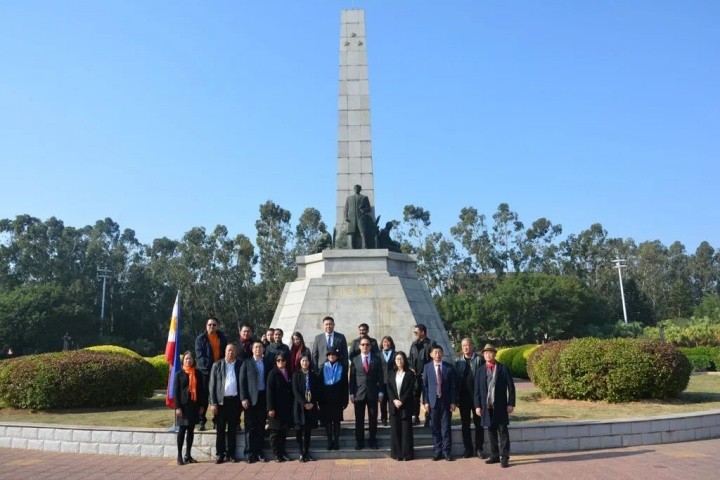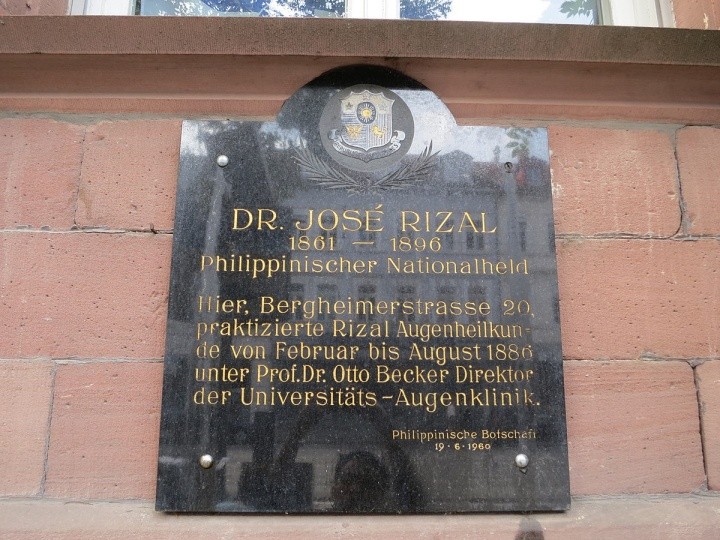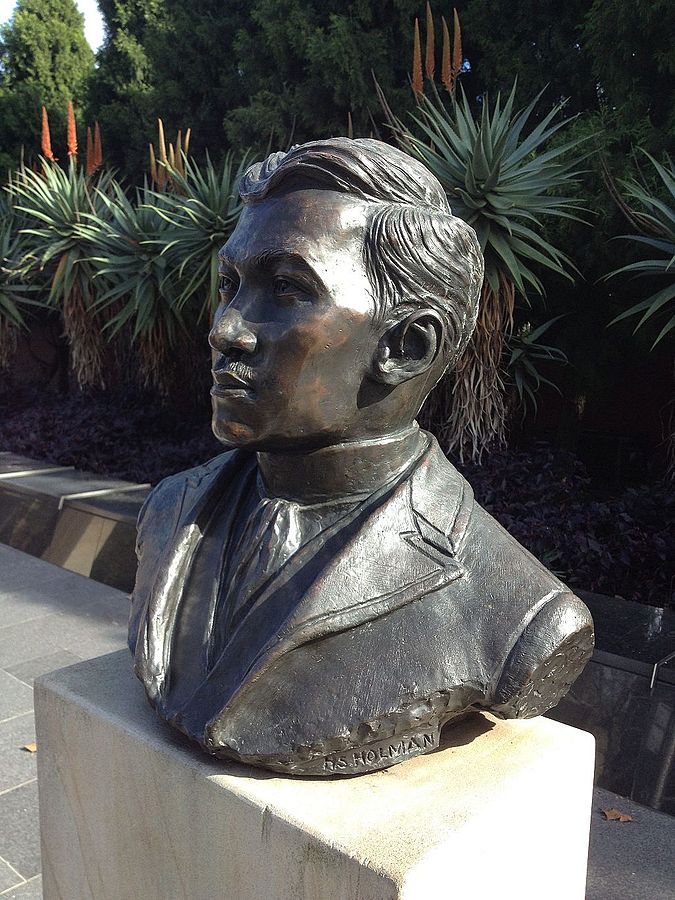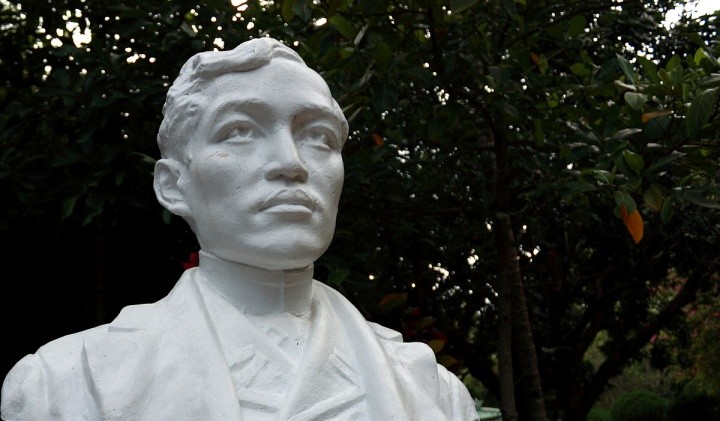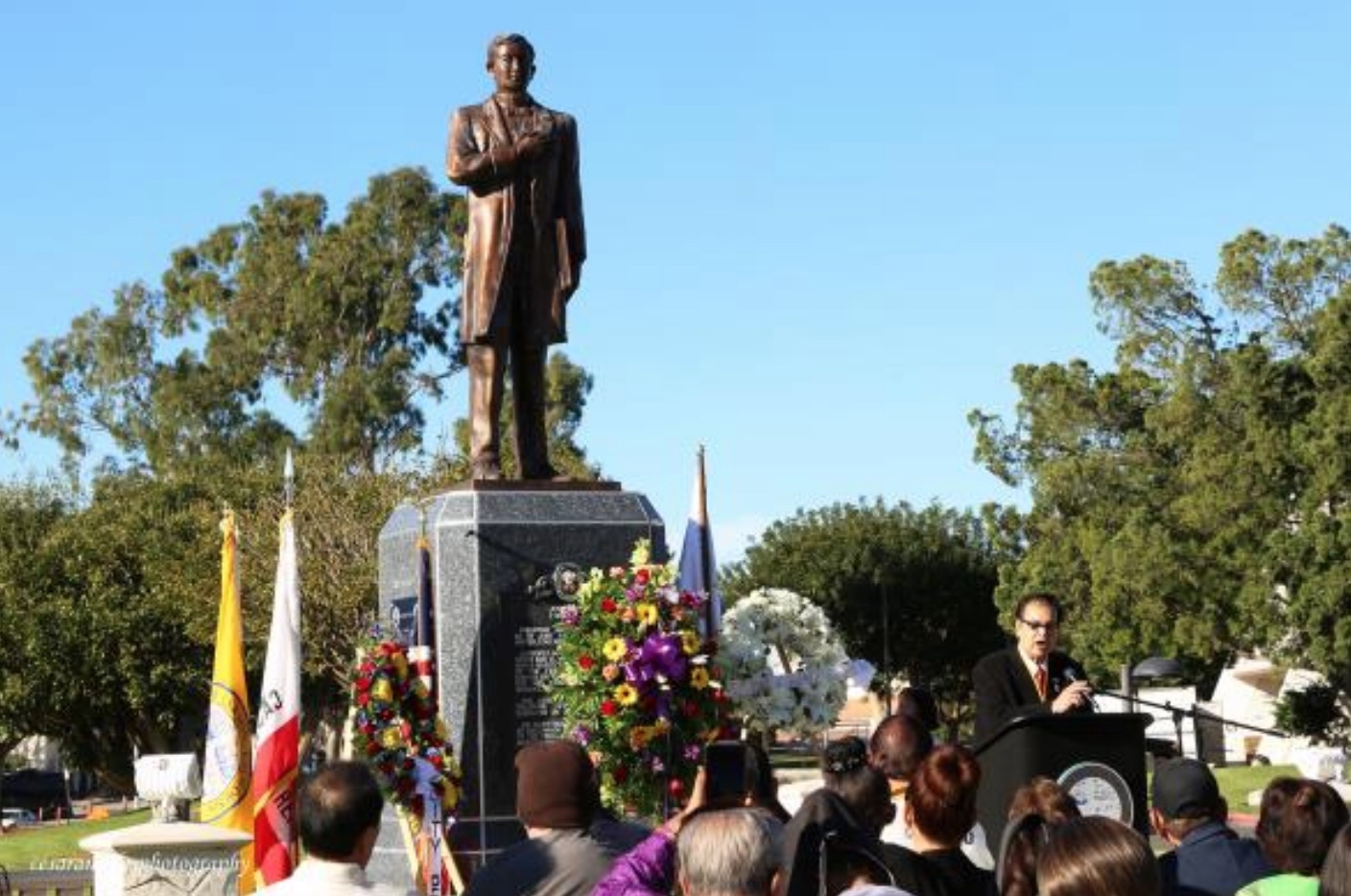Dr. Jose Rizal is the national hero of the Philippines. He devoted his life to his mission of giving our country its denied freedom.
Starting from a young age, he has committed his time to his studies to bring glory to the name of his people. Jose exchanged the luxurious life presented to him for the sake of the benefit of the Filipinos.
We learned that his written works served as a light that guided our ancestors towards liberty.
Rizal is known for his novels Noli Me Tangere and El Filibusterismo, but his nationalistic effort is more than that.
There are countless reasons for how he became our greatest hero. His life is full of learnings that every Filipino can reflect upon.
The learnings we can get from Jose Rizal are the importance of education, love for country, making good friends, nothing is impossible, the value of time, and the superiority of pen against sword.
Education is Indispensable
Jose Rizal emphasized the importance of education in our society. He serves as the embodiment of how important education is. Most of his time was dedicated to his studies. This effort of Rizal was not wasted since it empowered our countrymen to fight for themselves.
In one of his writings, he stated that "Without education and liberty, which are the soil and the sun of man, no reform is possible." Rizal gave education the same value as liberty. It means that education is something that every man needs to live. Without education, human is helpless as a bird inside a cage. When analyzed from a contemporary perspective, education is essential. Educational attainment is the primary qualification in seeking a job.
Love Your Nation
Do you love your country?
The most noticeable learning from the life of Jose Rizal is his love for his motherland. He committed his whole life to bringing benefit to his fellow Filipinos. At a young age, he had seen the injustice that the Filipinos experienced from the Spanish colonizers. This made Rizal's resolve stronger to restore independence and order to our country.
Only a few can die for their country. This makes Rizal a distinguished man. Despite the luxurious life he could have achieved, he chose to fight for his countrymen. Thus, we need to thank Rizal for emulating the love he has for our country. We must protect the freedom that he and the other Filipinos have died for.
In today's society, some Filipinos seem to be ashamed of their origin. It is a common practice to laugh at someone who has a dark complexion, short stature, and rough face. The young generations also feel distant from our traditions due to their reason of it being primitive. They do not appreciate the true essence of being a Filipino. We need to reflect and change ourselves. We have to value the lives that our heroes paid just for us to live in an orderly and peaceful environment.
Make Good Companies
Jose Rizal could not achieve his success without the help of his family and friends. His family was always by his side to support him in his journey. The most notable from his family is his brother, Paciano. He served as the second father of Jose. He also gives a monthly stipend to Jose during his study at Central Madrid University.
Rizal has been to different countries during his studies. In these adventures, it is evident that he can easily make friends with people. He has a distinct charm that attracts the people around him. These people then served as his companion during his stay at their place.
In this way, Rizal found it easy to adapt to every environment. It also helped relieve his longing for his family in the Philippines. The friendliness of Rizal assisted him to survive the hard life outside of the country. His companions, especially Ferdinand Blumentritt, served as the shoulder he could rely on during his tough times. The experience of Rizal shows that we need to find good friends. These are the people whom we will celebrate during our victory and the ones who will save us during our downfalls.
Nothing is Impossible
Rizal proved that nothing is impossible with motivation and will. He has faced many difficulties during his quest but he remained victorious in the end. Despite the challenges he encountered, he was able to awaken the Filipino's desire for change. The life of Rizal taught us that we can all achieve our dreams. We just need to set our eyes toward our goal. We have to equip ourselves with resolve and dedication. No matter how big our disadvantage is, we have to keep moving. Whenever how much we stumble, we have to continue standing. As there will come a time when destiny will be on our side. Thus, never look back and just continue moving forward.
A Pen is Mightier Than a Sword
Jose Rizal is a distinct hero compared to other heroes of other countries, because he served his cause using his pen. He chose a peculiar but peaceful way of fighting against the Spanish colonizers.
Rizal proved that a pen is sharper than a sword. The writings made by a pen will always overcome the thrust of a sword. The works of Rizal, especially his two novels, awaken the desire of the Filipinos to gain independence. In a practical sense, it teaches us the power of written documents. The work of the pen is like magic that moves the people. It has an inconceivable blow that shatters one's reputation. Also, the value of settling matters peacefully is emphasized. Peace-loving individuals will always be regarded as a man of quality and honor. Disputes can never be resolved with bloodshed, they are settled through harmonious ways.
